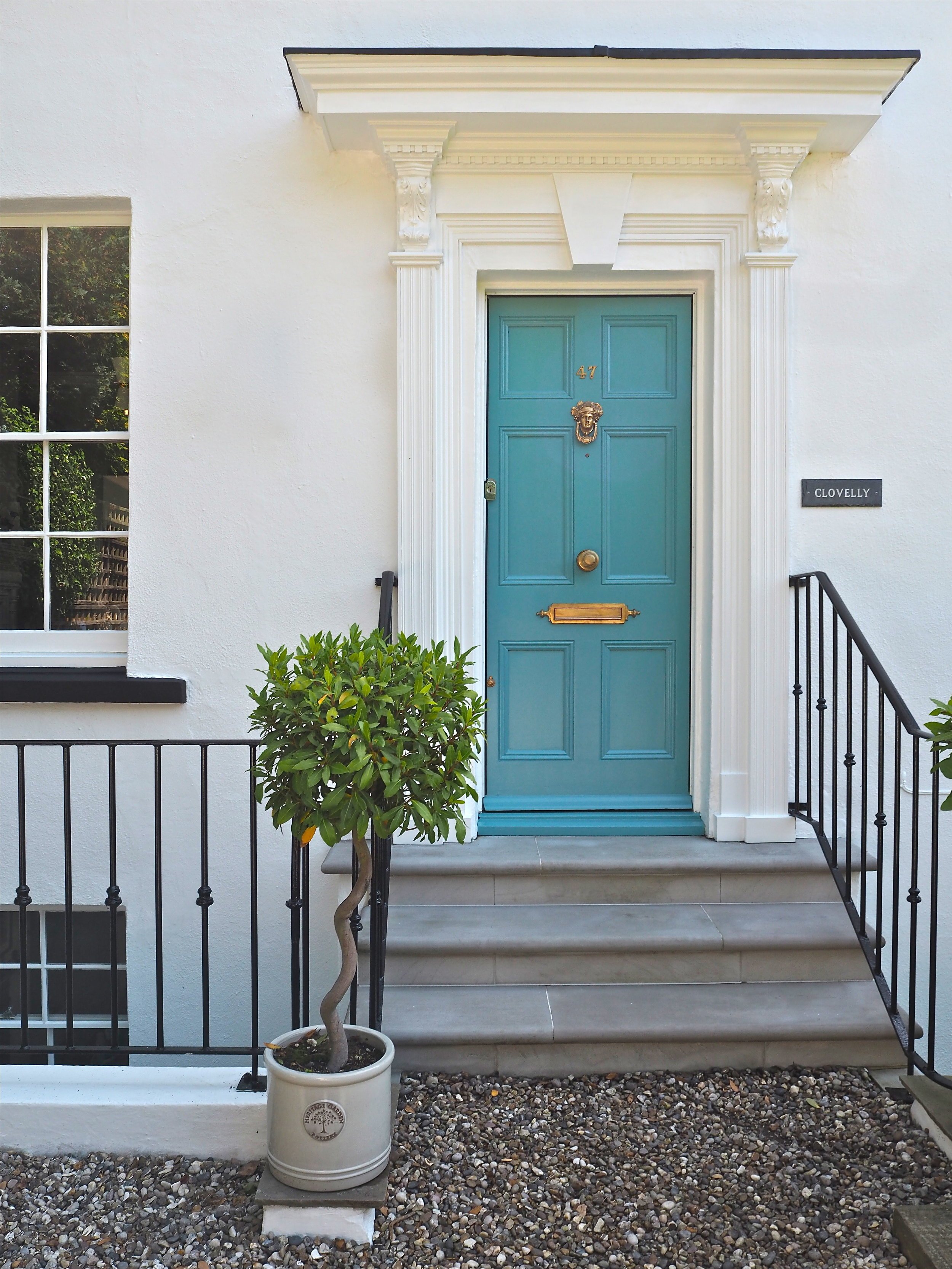5 Ways To Make Your Home As Eco-Friendly As Possible, Inside & Out
Featured Partner Placement Post
If you want to discover how to make your home more environmentally friendly, both inside and out, read on.
Inside - Buy A Used Kitchen
At first, considering buying a used fitted kitchen when decorating your home may not seem very appealing. After all, you’ll want any cabinets and work surfaces to be in prime condition before installing them into your home. However, when you examine the option of buying a used kitchen a little deeper you will find that there are a great many benefits involved, both ecological and financial.
First of all, buying a used kitchen (which usually means a display model that has not been used or installed in anyone else's home), is an ecologically more friendly option as it means that a kitchen that would otherwise end up in a landfill is repurposed. Additionally, in buying a used kitchen you will be using less materials and energy than if you bought a brand new one!
While investing in a used kitchen is great for the environment, there are other benefits to consider as well. The most important of which is that ex-display model kitchens tend to be priced at a hefty 30-60% markdown off their original price. This means you can get a much higher quality kitchen than you might if it were brand new without breaking the bank.
Outside - Install Solar Panels To Generate Electricity
One smart way you can make the outside of your home eco-friendly is to utilise its surface to generate clean and renewable energy. The most effective way of doing this is to install solar panels that convert the sun’s rays to electricity.
Of course, when choosing a solar panel installer to work with it is vital that you pick an expert provider like All Seasons Energy who are accredited for this task. Indeed, by working with a team that is experienced in installing solar panels you make the process quick and easy and start reaping the ecological and financial rewards of generating power for your own home.
Inside - Use Eco-Friendly Paint Next Time You Decorate
Whether it's to coat the walls or to brighten up the ceiling and skirting boards, paint is a product that we all use when decorating the inside of our homes. However, what many people do not realise is that many paints contain volatile Organic Compounds or VOCs for short. VOCs in the home are bad for the environment because they react with nitrogen oxides in the air and cause ground-level ozone.
VOCs are also bad for anyone living in the space in which they are used because they lead to deteriorated air quality and have been linked to serious health conditions such as cancer. With that in mind, choosing VOC-free paints is a great way you can make the inside of your home friendly to both its residents and the environment.
Outside - Collect And Use Grey And Rainwater
Another way to make the outside of your home more eco-friendly is to change the way you use wastewater. What we are talking about here is grey water and rainwater which might otherwise go unused.
Rainwater is pretty self-explanatory and can be collected in a water butt in your garden, which is often connected to the guttering from your roof. Once collected, this water can be used for all sorts of tasks from hydrating your plants to washing vehicles and windows.
Hydrangeas require a lot of water for growth so try to use wastewter on them as much as possible.
Gray water on the other hand is water that has been used for cleaning, such as water from washing up crockery and cutlery, and washing clothes. Grey water may have soap and dirt particles in it, so it's best to use it for tasks like watering your plants (they won't mind) or washing down your patio. Just be sure to check the greywater regulations in your location as they differ across the country.
Inside - Recycle And Diy Your Textiles
Now, don't worry this tactic isn't about spinning your own yarn so you can weave or knit home textiles! (Although you are most welcome to if you would like). Instead, it's about reusing the fabrics you already have in your home but no longer use. For example, even small scrappy bits of fabric can be recycled into a beautiful new patchwork quilt, a piece that would be a welcome addition to any rustic or eclectic style home. Running up some new curtains for your spare room or the kitchen from an old duvet cover is another eco-friendly option as well. After all, by making them from pre-used fabric you will be saving a wealth of energy, resources, and chemicals from being used in the manufacturing process.
Old bedsheets can be cut up to make excellent outdoor tablecoths.







